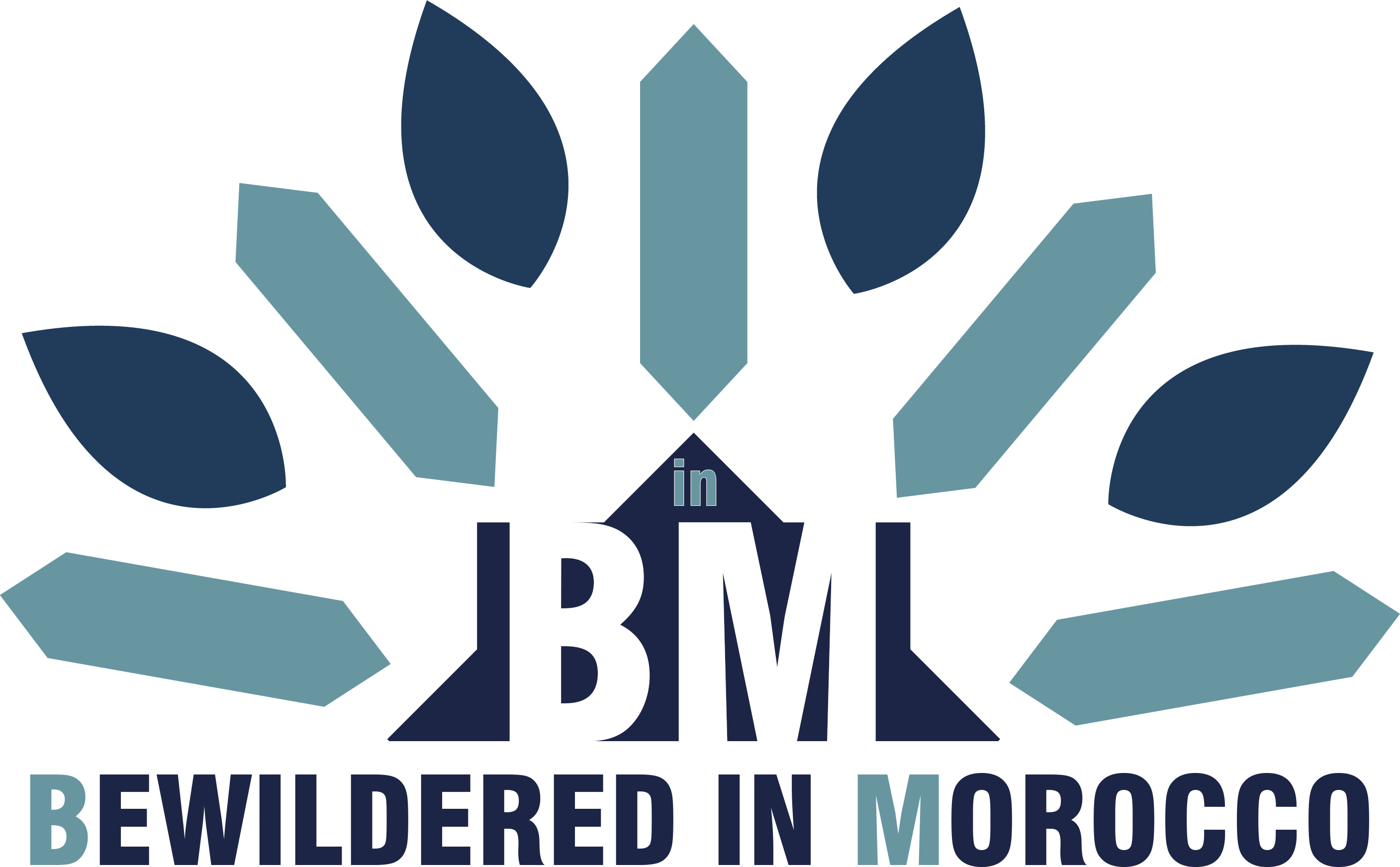In the heart of Morocco, where the desert sands meet bustling medinas and the Atlantic breeze brushes ancient cities, a music born of spirit and resilience resonates. Gnaoua, a blend of African, Arab, and Amazigh traditions, is not merely a sound but a journey—one that carries listeners through history, spirituality, and cultural unity.
A Legacy Born of Struggle and Spirit
The origins of Gnaoua music trace back to the descendants of enslaved Black Africans brought to the Maghreb during the trans-Saharan trade. For these individuals, music became a refuge, a tool for preserving identity, and a connection to ancestral roots. Over centuries, the rhythms and rituals of the Sahel melded with the spiritual practices of Sufi Islam and the indigenous Amazigh traditions, creating a soundscape both timeless and transformative.
The Instruments of the Soul
At the core of Gnaoua music are three iconic instruments, each a vessel of rhythm and resonance:
- The Guembri: A three-stringed bass instrument, wrapped in camel skin, producing deep, soulful vibrations. Played by the maalem (master musician and spiritual guide), it forms the backbone of the Gnaoua ensemble.
- The Qraqeb: Metallic castanets that click with a hypnotic precision, driving the music’s pulsating rhythm and mimicking the beat of a communal heart.
- The Tbel: A large drum, whose thunderous tones add depth and drama, anchoring the music with a primal energy.
Accompanied by chants and dances, these instruments transform Gnaoua music into an immersive ritual that transcends mere performance.
A Spiritual and Healing Tradition
Gnaoua is not just music; it is a spiritual practice. Rooted in the belief that music can heal physical, emotional, and spiritual ailments, Gnaoua ceremonies often involve trance-like states, allowing participants to connect with the divine and their inner selves. Through these rituals, Gnaoua seeks to bring balance and peace, warding off negative energies and invoking harmony.
Modern Evolution and Global Reach
While Gnaoua remains deeply tied to its traditional roots, it has also embraced change. The 1960s saw a fusion of Gnaoua with jazz, rock, and other Western musical styles, broadening its appeal. Today, the annual Gnaoua World Music Festival in Essaouira draws audiences from around the globe, celebrating the music’s rich heritage while exploring its modern interpretations.
From the bustling Jemaa el Fna square in Marrakech to international stages, Gnaoua continues to inspire. Its rhythms are a reminder of the resilience of the human spirit and the unifying power of music.
The Eternal Pulse of Gnaoua
To experience Gnaoua is to feel Morocco’s soul. It is the call of the desert, the whisper of history, and the rhythm of life itself. In its melodies, one finds a connection to the past, a celebration of the present, and a bridge to the spiritual realms beyond.
Whether you encounter it in a Moroccan square or through the sound of a guembri on a distant recording, Gnaoua invites you to pause, listen, and immerse yourself in a tradition that is as healing as it is hypnotic. In the words of those who know it best, Gnaoua is not just music—it is a way of life.
